Text
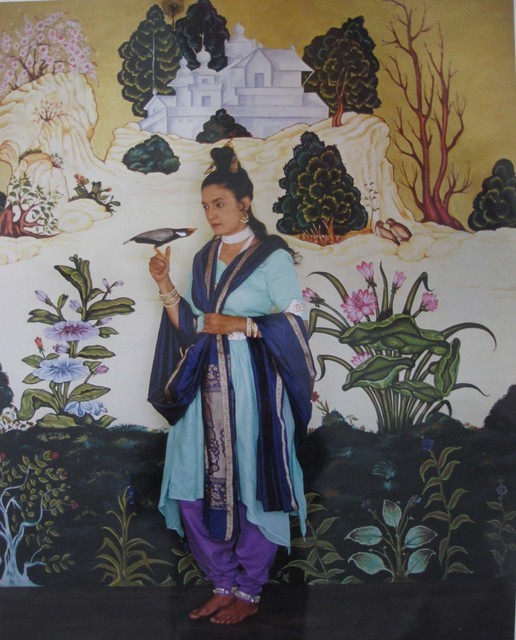
Pushpamala N.
Pushpamala N has been called “the most entertaining artist/iconoclast of the Indian Contemporary Art”
She created tableaux and photo-romances in which she played the roles herself. Her series
of images work as a fiction where she plays the characters herself. Her works have
often been compared to American artist Cindy Sherman's work.
She cites a wide range of references in her series of masquerades.
0 notes
Text
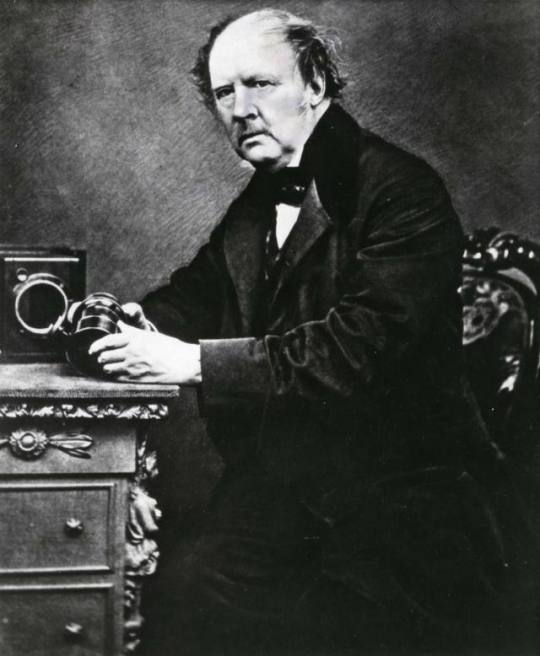
William Talbot
William Talbot invented the process for creating reasonably light-fast & permanent photographs that were the first ones made available to the public however,
it was neither the first such process invented nor the first one publicly announced.
0 notes
Text
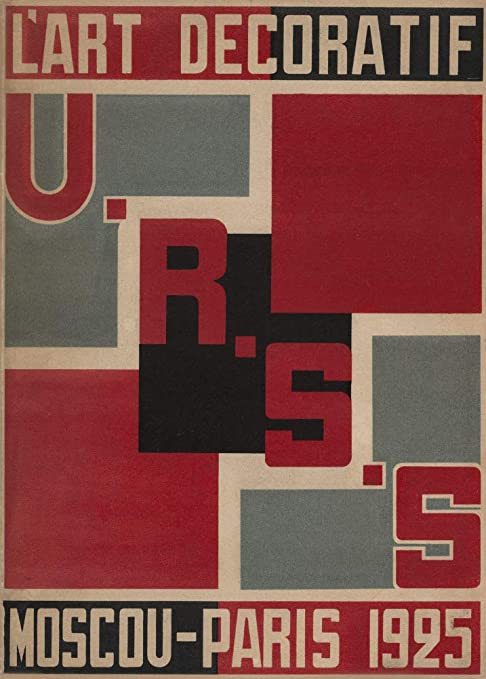
Aleksander Mikhailovich Rodchenko
Rodchenko was one of the most versatile constructivist and productivist artists to emerge after the Russian Revolution. His style of socially engaged, formally innovative, & opposed to a painterly aesthetic photography was a key differentiation from others.
He worked as a painter and graphic designer before turning to photomontage and photography.
He often shot his subjects from odd angles, to shock the viewer and to postpone recognition. Usually high above or down below
0 notes
Text
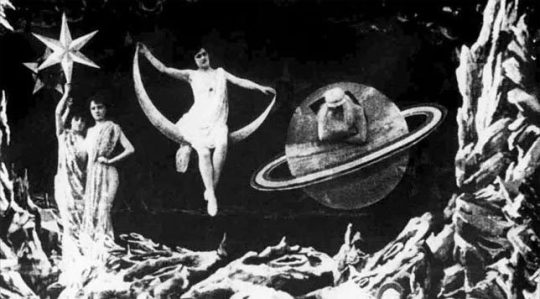
A trip to the moon
by Georges Meliesis
A trip to the moon directed by Georges Meliesis is one of the earliest sci-fi films. The set design of the moon and the costume design of the lunar inhabitants really gives a feel of a place that is not seen before.
It was inspired by a lot of source materials including Jules Verne’s novel
‘From the Earth to the Moon’.
The editing and the production design helps the movie in achieving it’s science fiction element. This movie showed us a wide range of possibilities that movie making offers
including creating worlds out of fairy tales and legends.
0 notes
Text
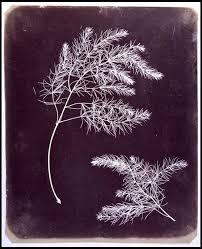
The Photogenic Drawing
Photogenic drawings were basically contact prints on light-sensitive paper, which unfortunately produced dark and spotty images. In 1840, William Henry Fox Talbot modified and improved this process and called it the calotype (later the talbotype).
The process of making photoghraphic images using silver chloride.
The process
involves:
Coating the paper with salt silver nitrate.
Placing glass and the object on the paper and keeping it under sunlight.
This technique created a perfect print of the object on the paper.
0 notes
Text

The Americans by Robert Frank
The Americans is a photographic book by Robert Frank.
The photos show the high
and low strata of American society.
He took a total of 23,000 photographs but only selected 83 to be published into the book.
The class and race differences that were present in America at that time can be seen.
His images have been shot with unusual focus and low lighting which adds to the tension that was present in America between the different classes.
‘The Americans’ shows us how sometimes an outsider’s view might let us view the same place from a different perspective than that of the native persons view.
0 notes
Text
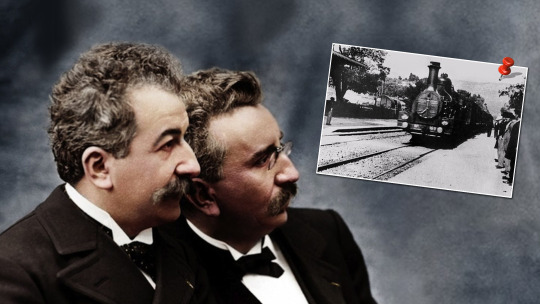
The Lumiere Brothers
Auguste and Louis Lumiere commonly known as ‘The Lumiere Brothers’ were born to Charles Antoine who had a small photographic portrait studio.
At the time to view a film an individual had to view through a peephole viewer window at the top of a device called ‘Kinetoscope’.
This device only allowed one individual at a time to view the film.
The brothers developed a way to automate the production as well as developed a new photo plate which would later help them in making motion pictures. The Lumiere Brothers started experimenting and finally developed a motion picture film camera.
They called it ‘Cinematograph’
Their cinematograph was superior to Edison's Kinetoscope.
0 notes
Text

The Daguerreotype Process by Louis Daguerre
The Daguerreotype Process was invented in the 1830′s. It was a exceptionally long process, but the results from the process produced some beautiful images. They were both negetive and postive type at the same time. The amount of materials required to make
a single photograph is commendable.
The Daguerreotype consisted of a tripod, a box of treatment with mercury vapour,
boxes for fuming with iodine and bromine, a soft buckskin pad for buffing the plates and a box of unexposed silvered copper plated ready for use.
0 notes
Text
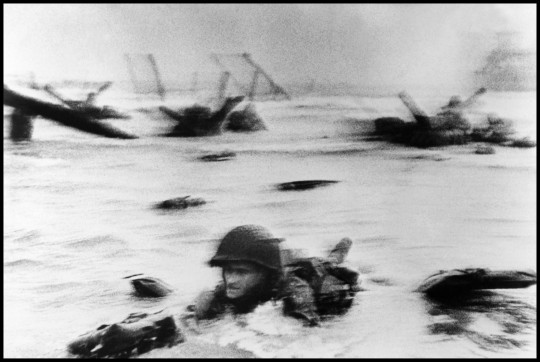
D-day by Robert Capa
On D-Daya, Robert Capa stated that he took 106 pictures while under dangerous conditions but only 11 of 106 survived. Capa’s editors suggest that he had only taken 11 pictures.
Capa risked his life to show the world what the allies had been doing to retaliate
against the enemy.
Capa had to choose between hiding
in a bunker or take photos of the war and show the war to the rest of the world.
Images captured by Robert Capa
were called ‘The magnificent Eleven’
1 note
·
View note